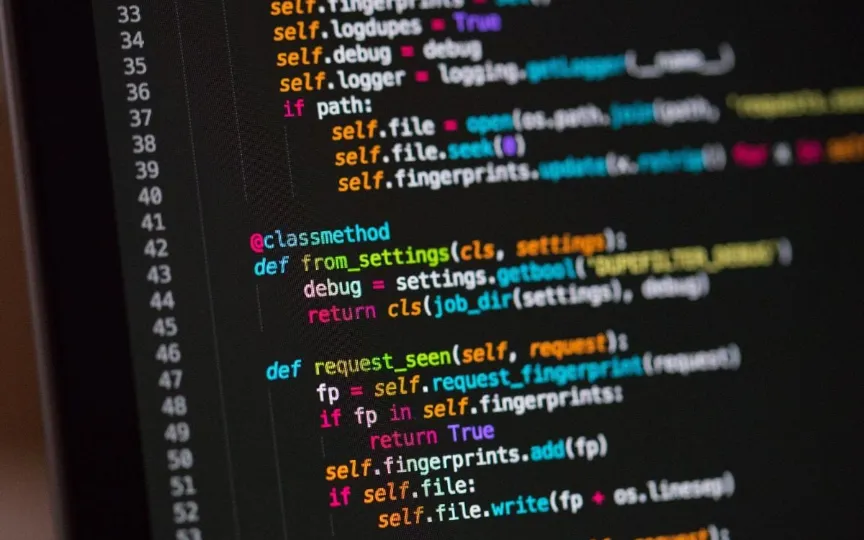Meta’s Llama 2: What Sets It Apart From Google Bard and ChatGPT?
The year 2023 is undeniably becoming the era of artificial intelligence, as numerous companies are in a competitive race to introduce their own generative AI models. Following this trend, Meta has also joined in by unveiling an enhanced edition of its LLaMa LLM model, known as Llama 2. Notably, Meta has made this model open source, allowing it to be accessed free of charge for both commercial and research applications.
Meta and Microsoft have partnered to share Llama 2, which is now available in the Azure AI model catalog. Here’s how developers using Microsoft Azure can use and benefit from Llama 2.
Now, while Llama 2 is a generative AI model, or more specifically, a Large Language Model (LLM), there are a few key differences between Meta’s Llama 2 and its competitors—including OpenAI’s GPT-4 (ChatGPT) and Google PaLM 2 ( Bard .
The main differences between Meta Llama 2, GPT-4 and PaLM 2:
Llama 2 is less efficient than GPT-4 and PaLM 2, Meta admits
Percy Liang, director of Stanford’s Fundamental Model Research Center, points out that Meta’s research paper acknowledges that Llama 2 is less efficient than GPT-4 and that there is a performance gap between the two models. In terms of benchmarks, the Llama 2 model also performs slightly below its competitors GPT-4 and PaLM 2.
Trained using fewer “tokens” compared to the competition
For those unfamiliar with the term, “tokens” in this context refers to the text on which the generative AI model was taught. For example, “bat” and “cool” are both tokens. The more tokens the AI model is trained on, the better it is. According to TechCrunch, Llama 2 was trained with two million tokens, twice the 1.4 trillion tokens used to train the original Llama. By comparison, Google’s PaLM 2, its immediate competitor, was trained with 3.6 million tokens, according to a report published by CNBC in May.
Language support
Meta’s Llama 2 supports fewer languages than Google’s PaLM 2 and OpenAI GPT-4: 20 languages compared to 100 for PaLM2 and 26 for GPT-4. This is where Google seems to be ahead. Google Bard, which used the PaLM 2 model, now supports up to nine Indian languages: Hindi, Tamil, Telugu, Bengali, Kannada, Malayalam, Marathi, Gujarati and Urdu. And in total, Google now supports more than 40 Bard languages, including Bahasa Indonesia.




